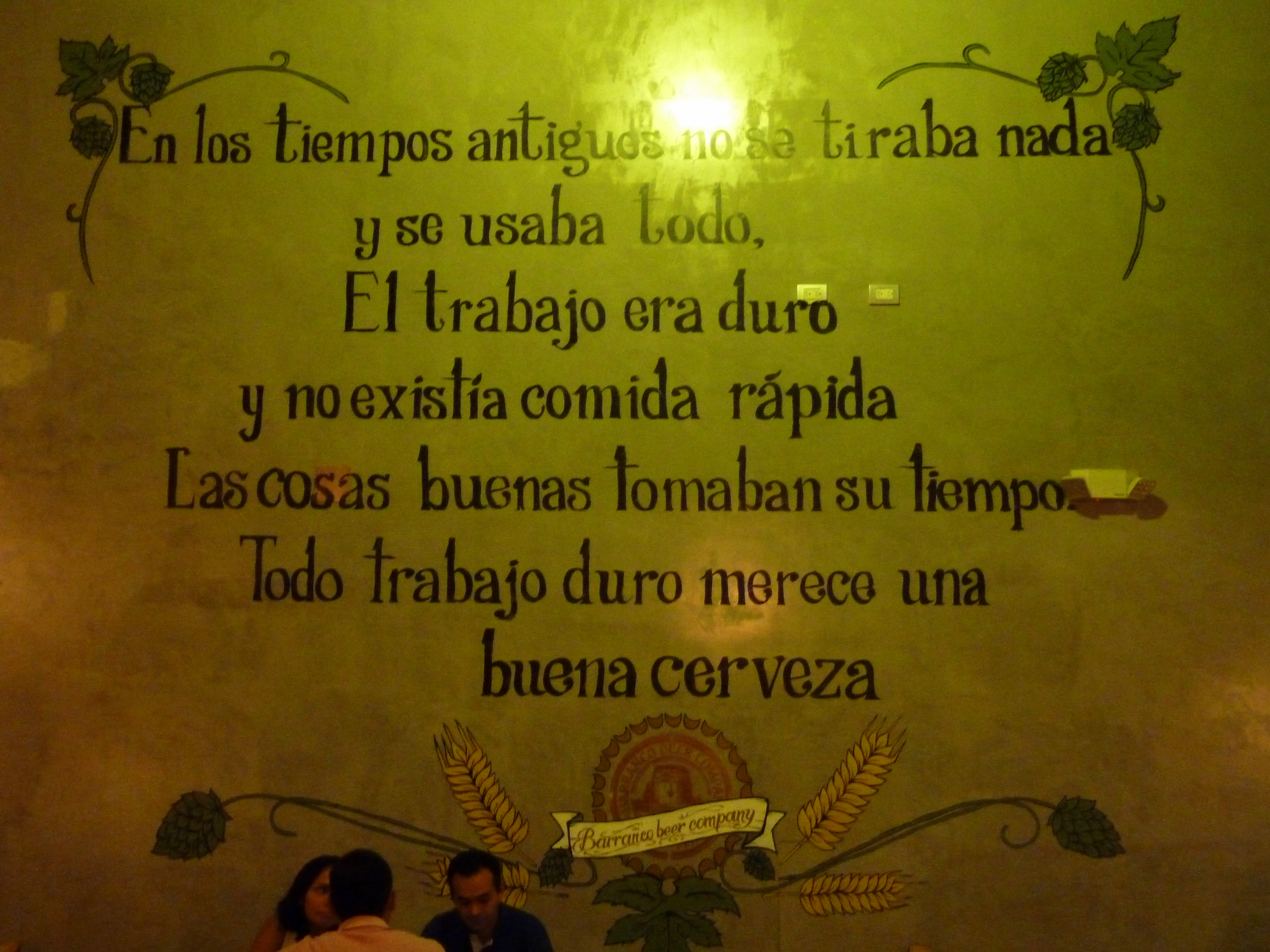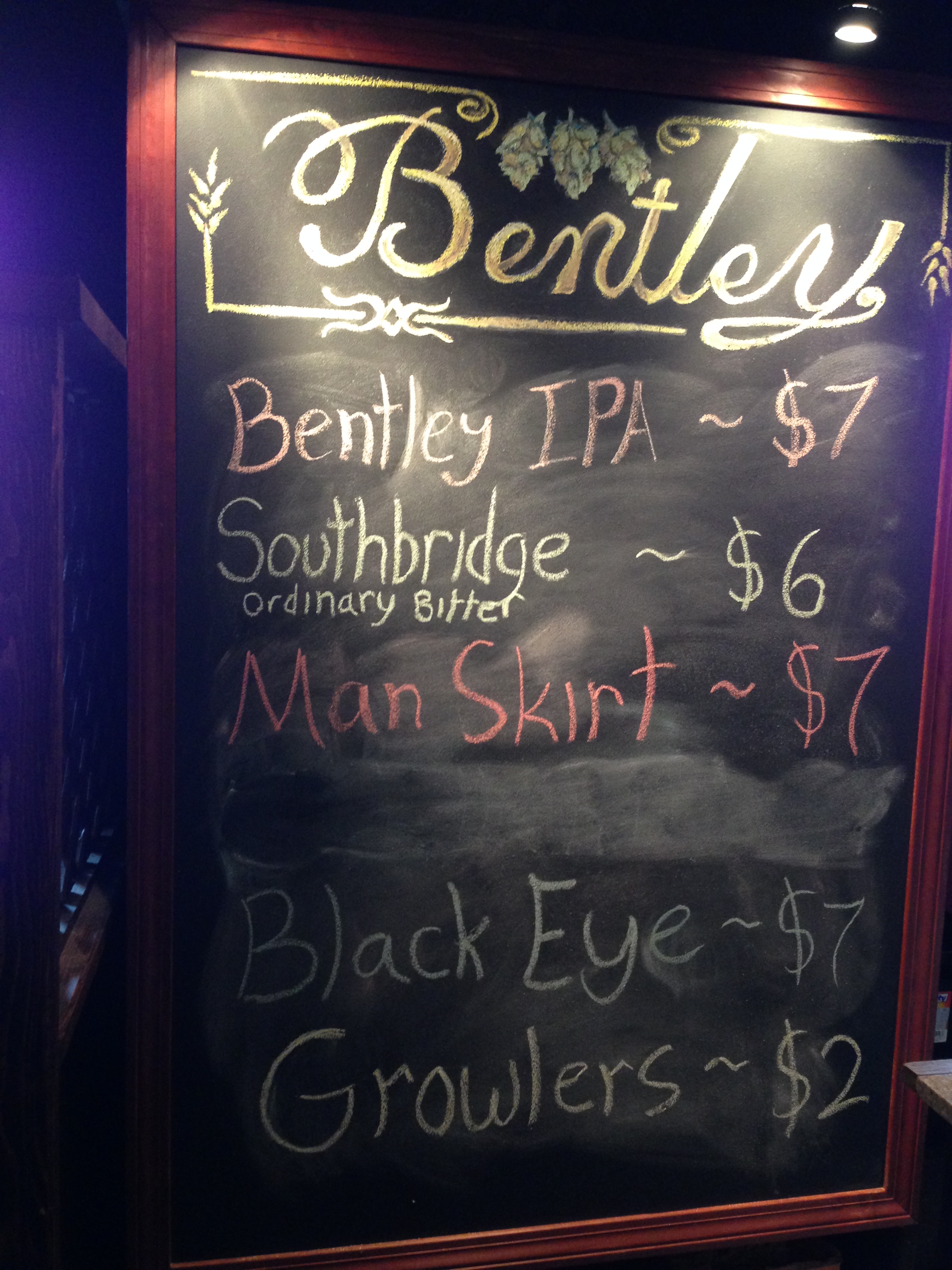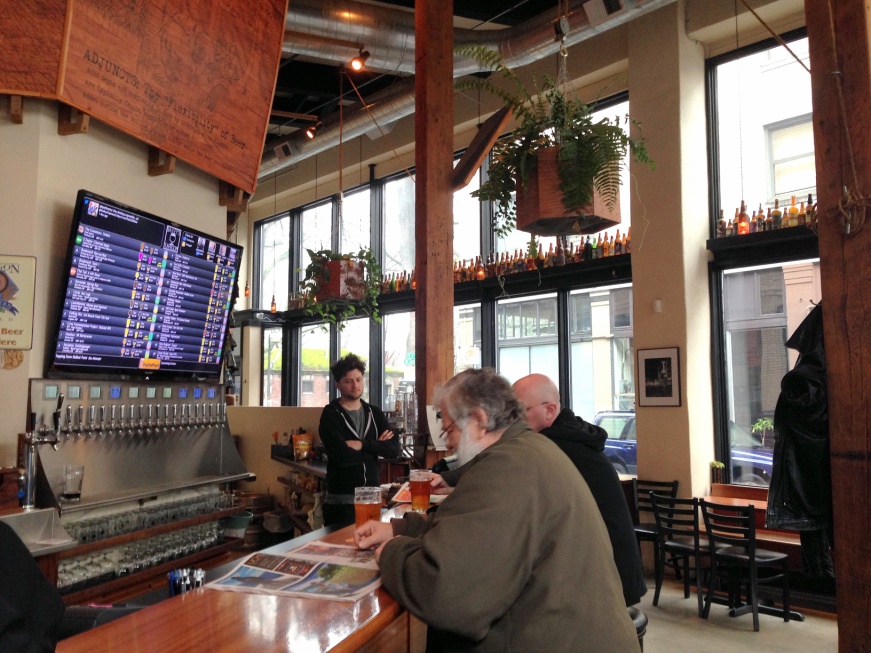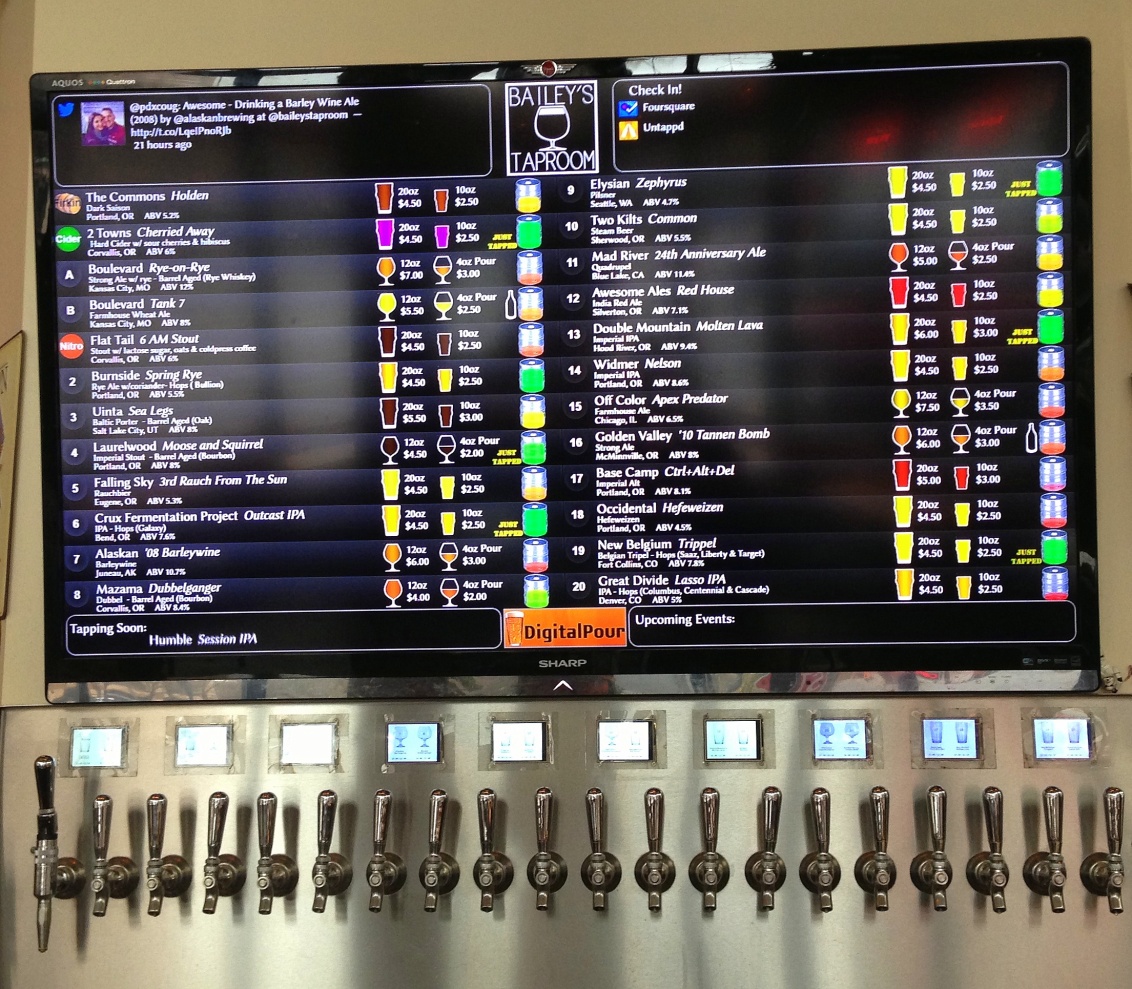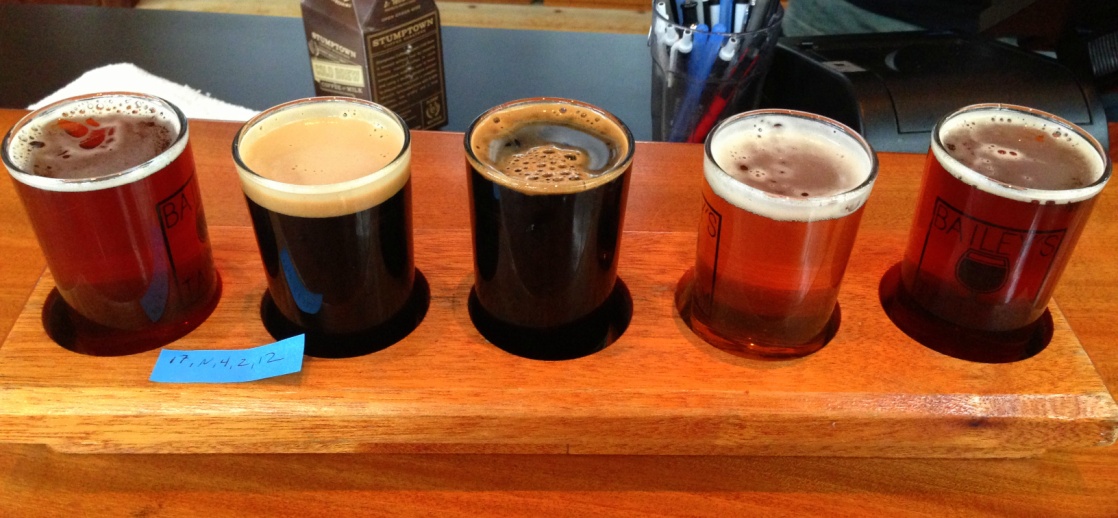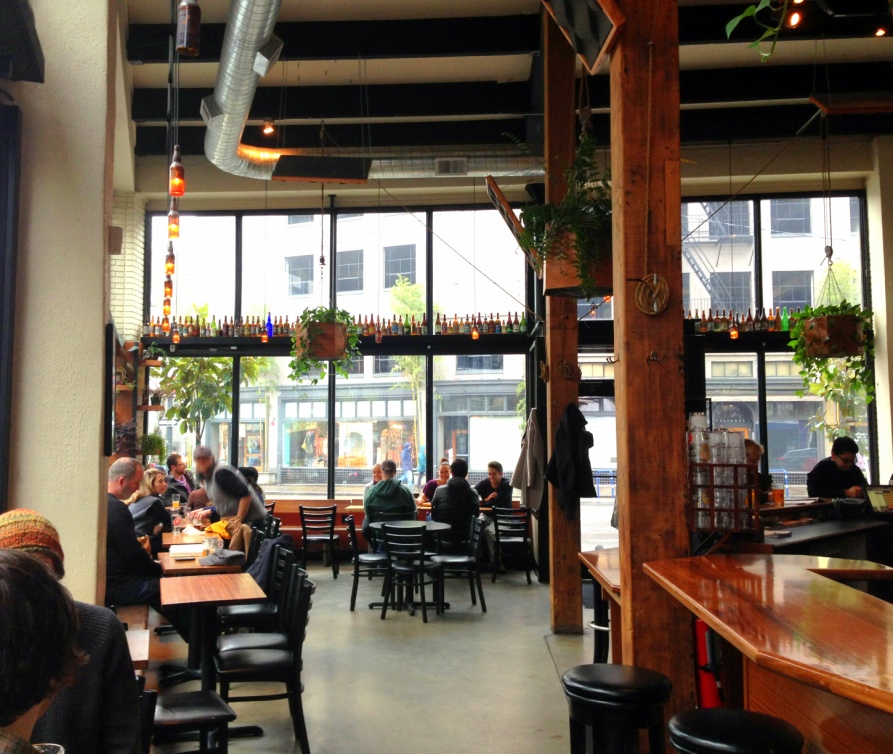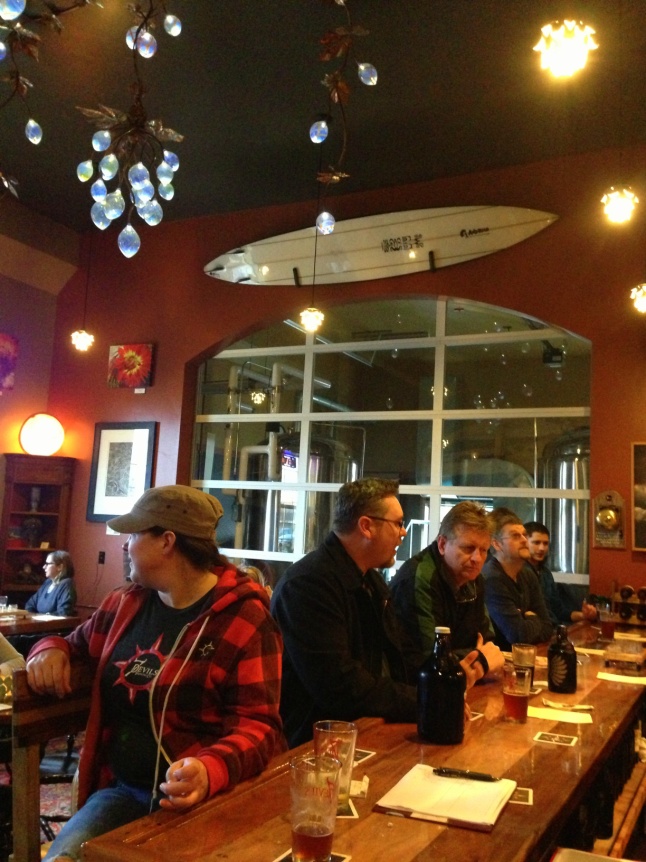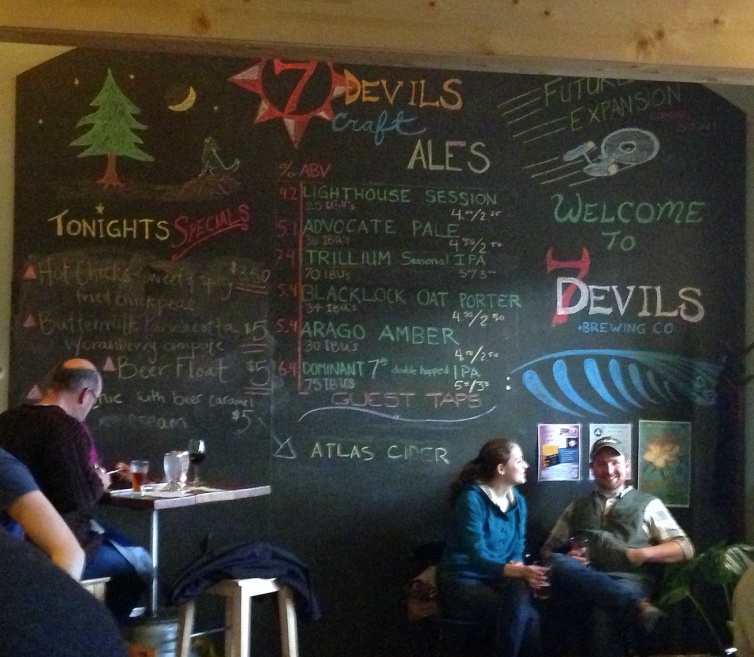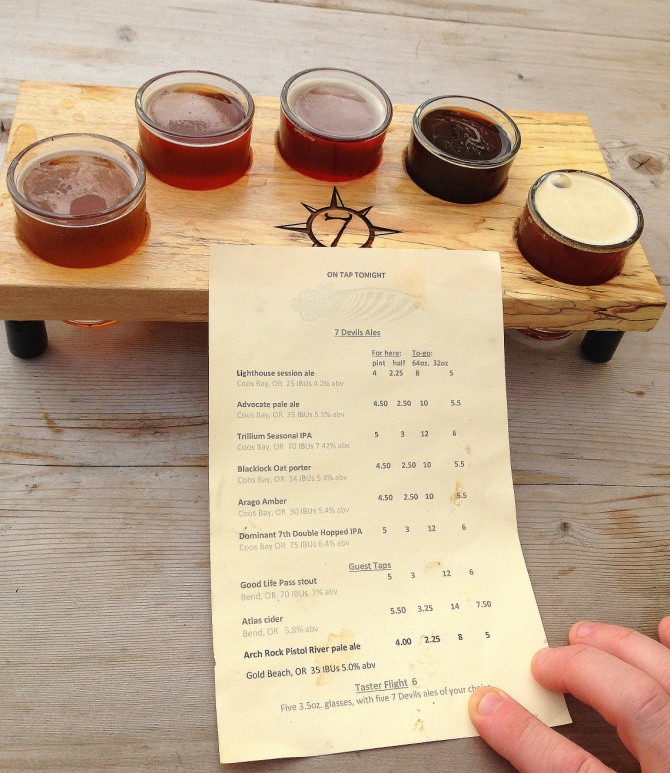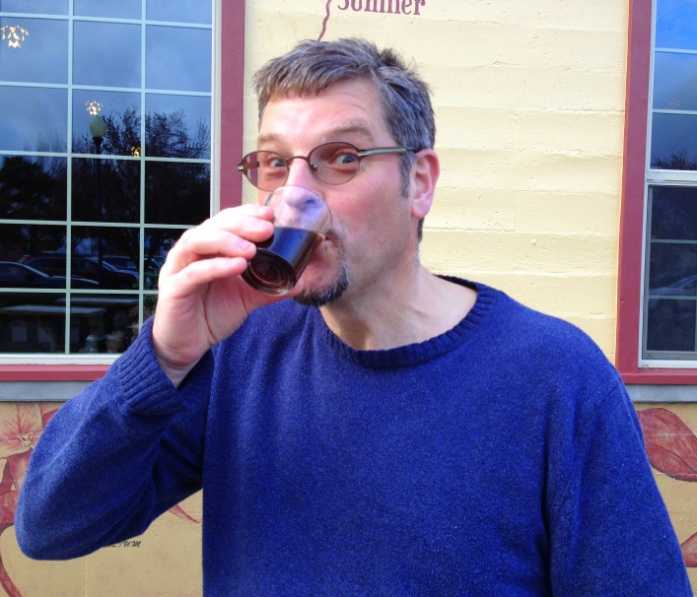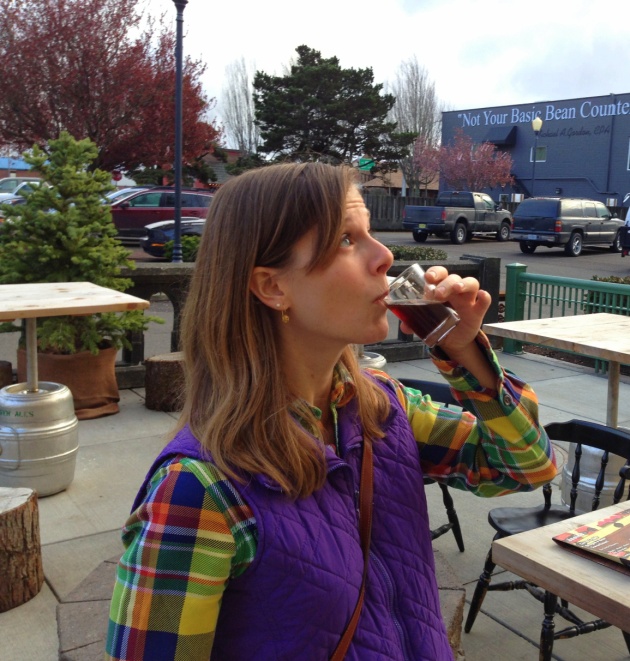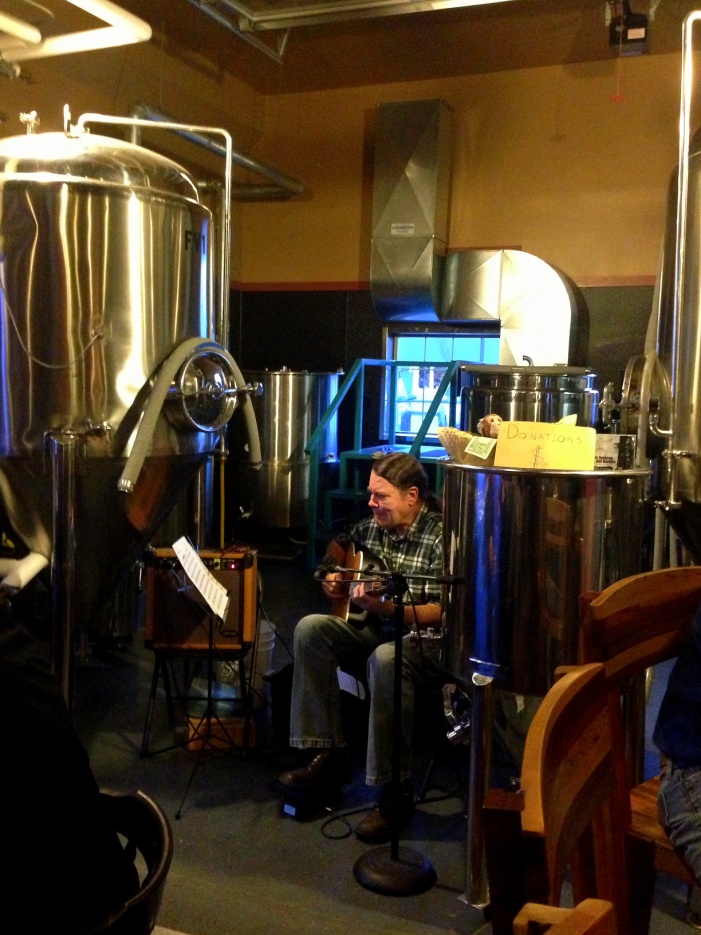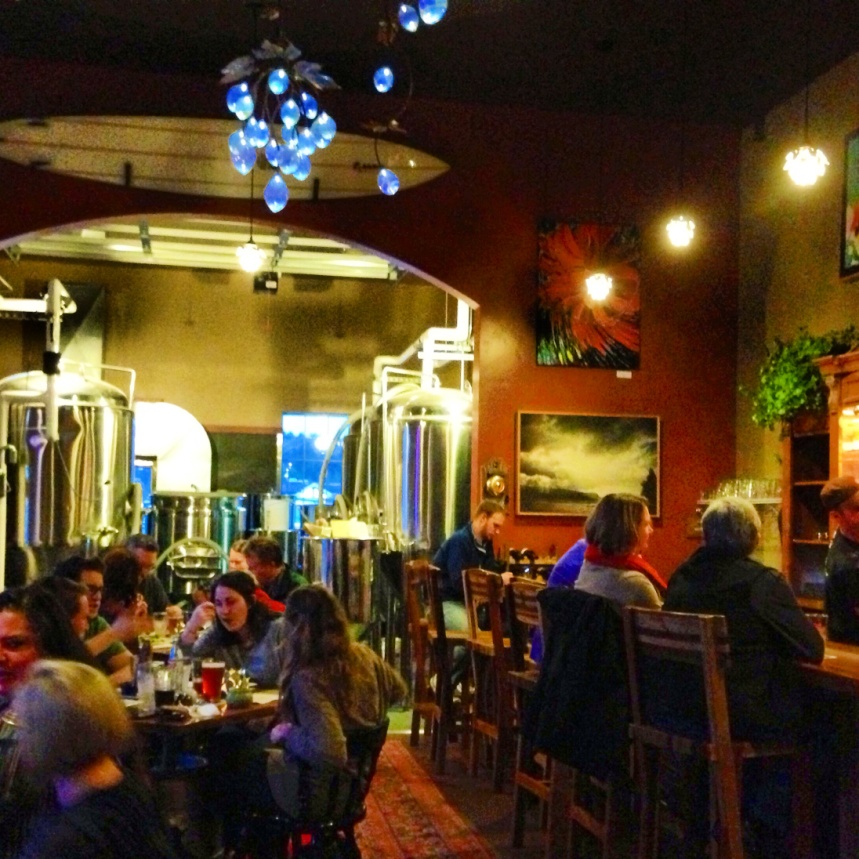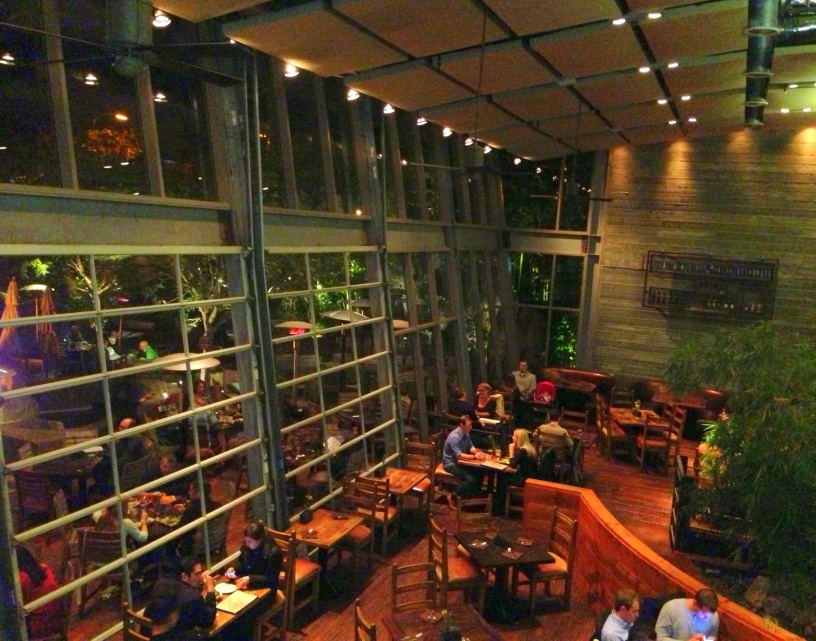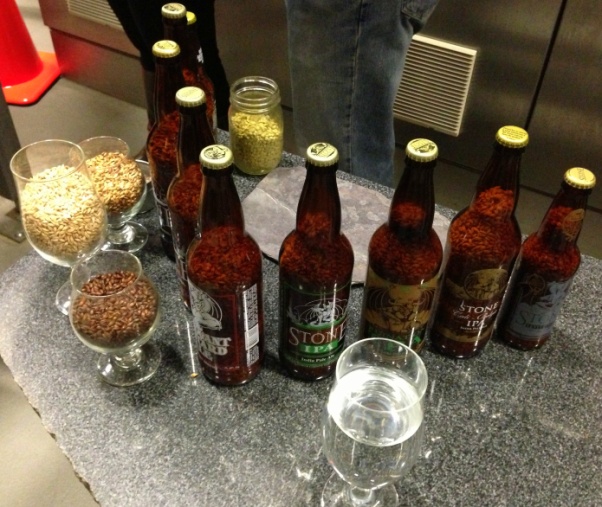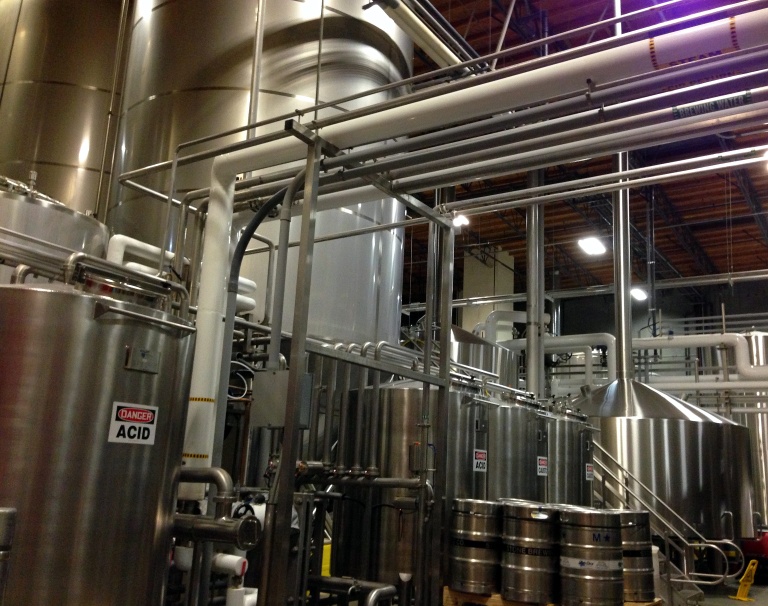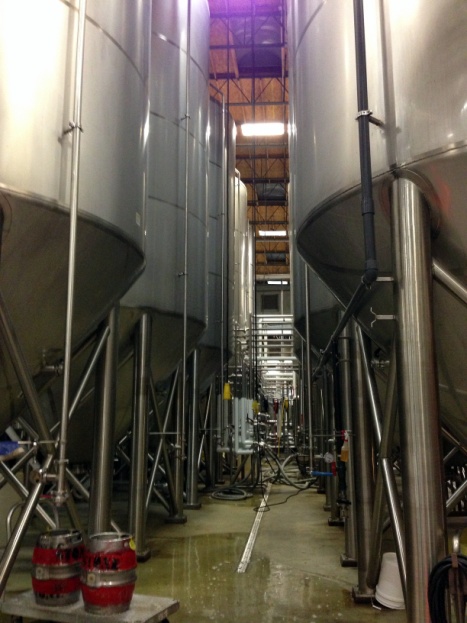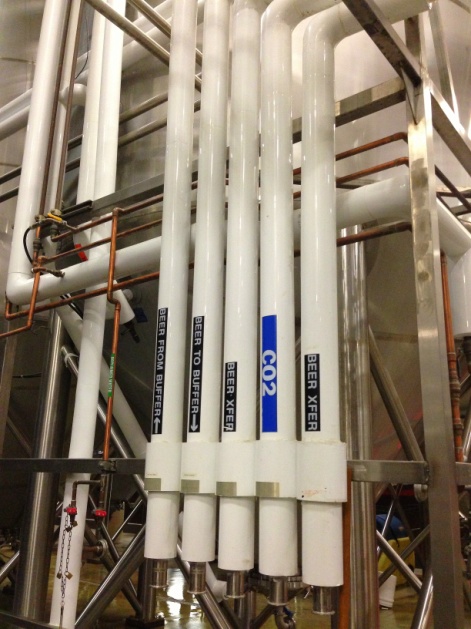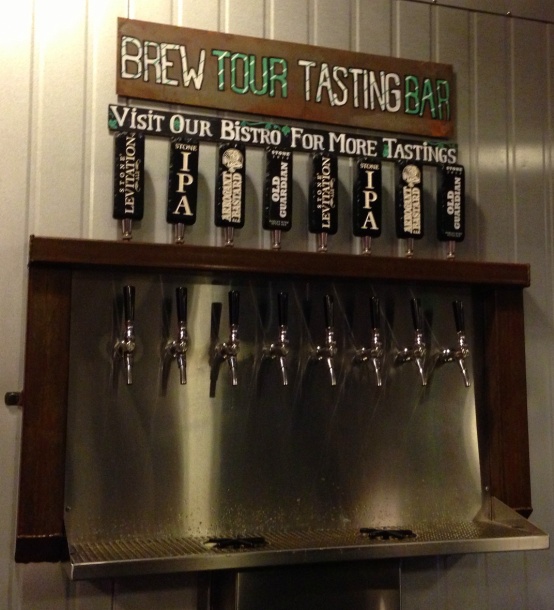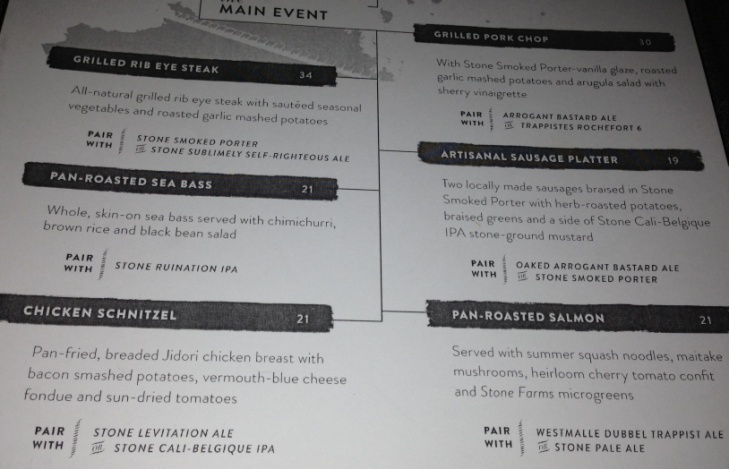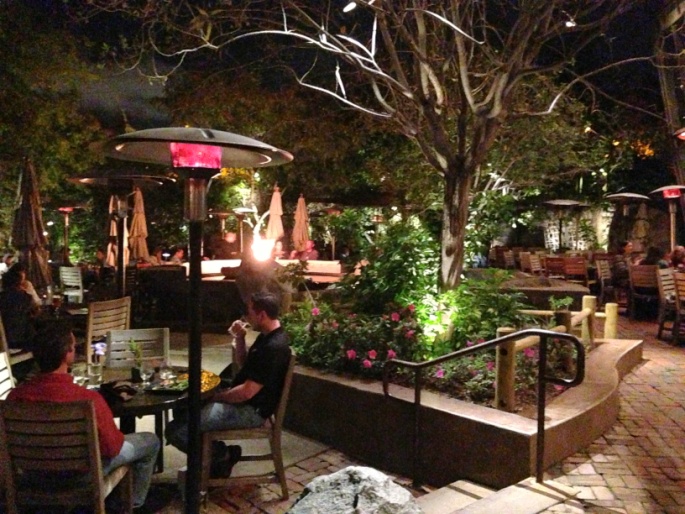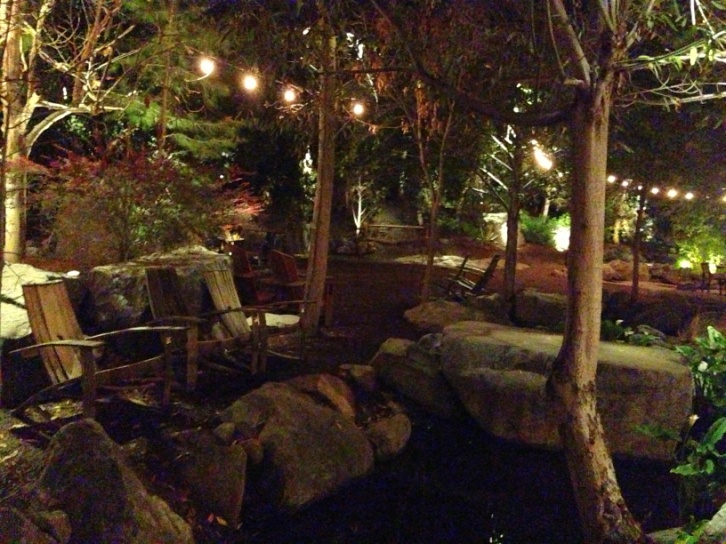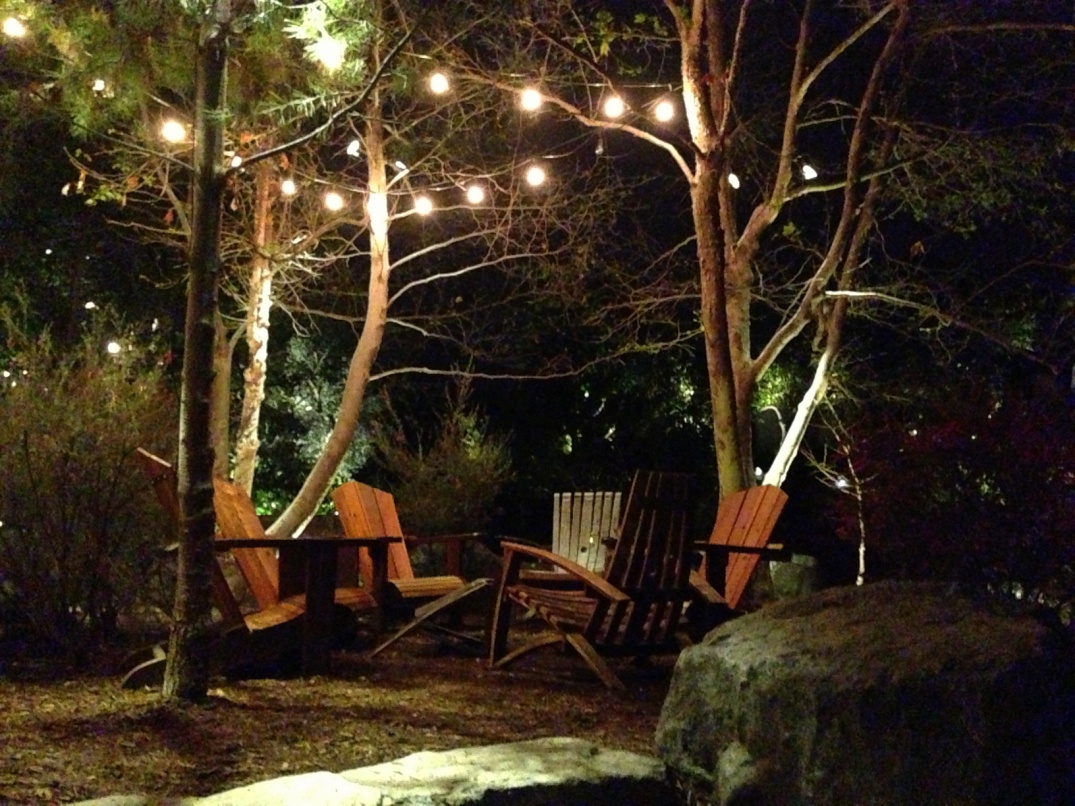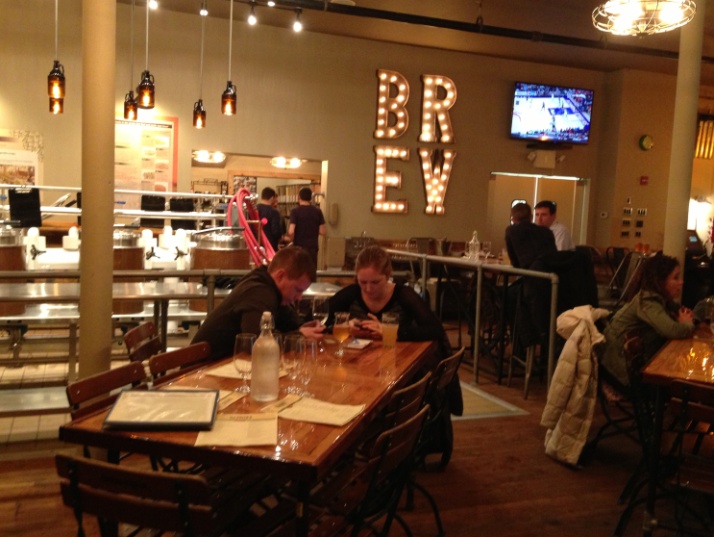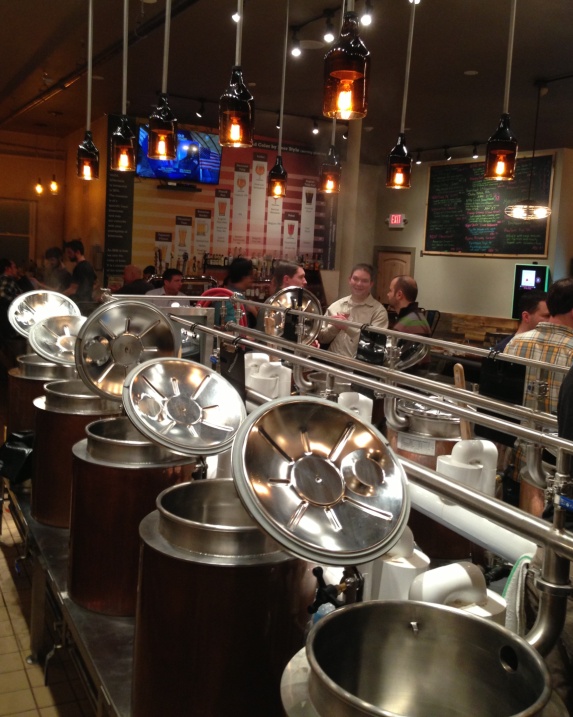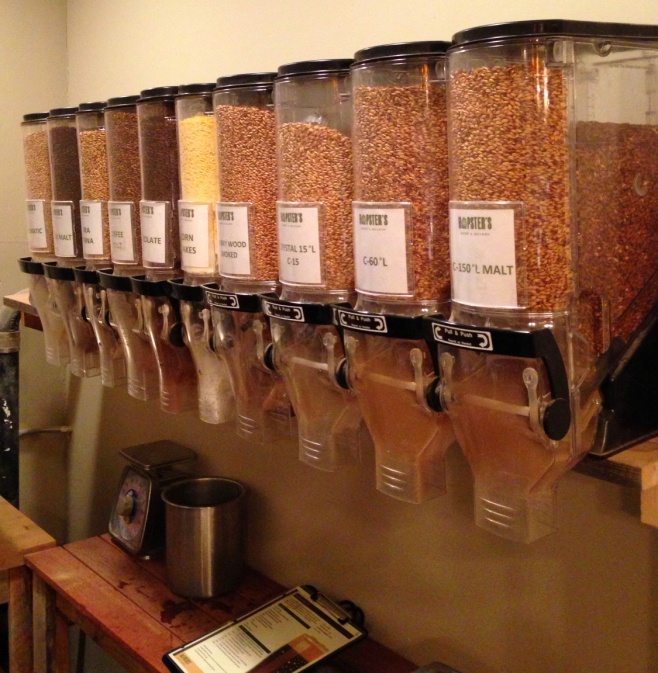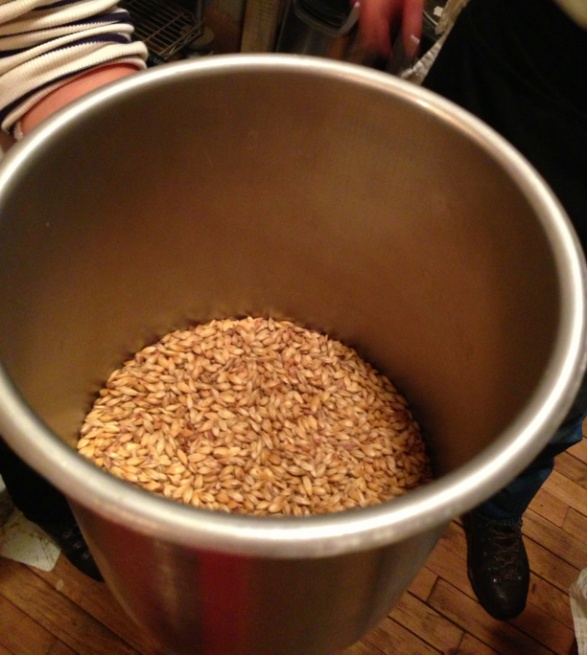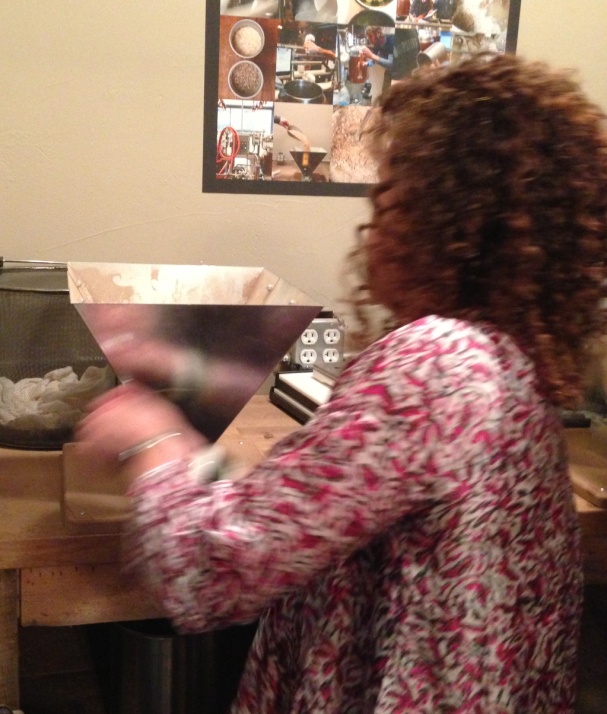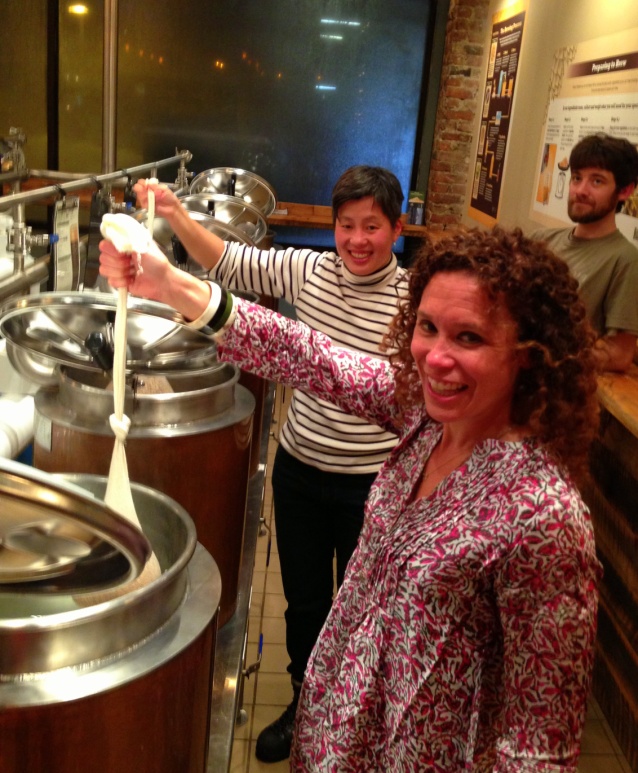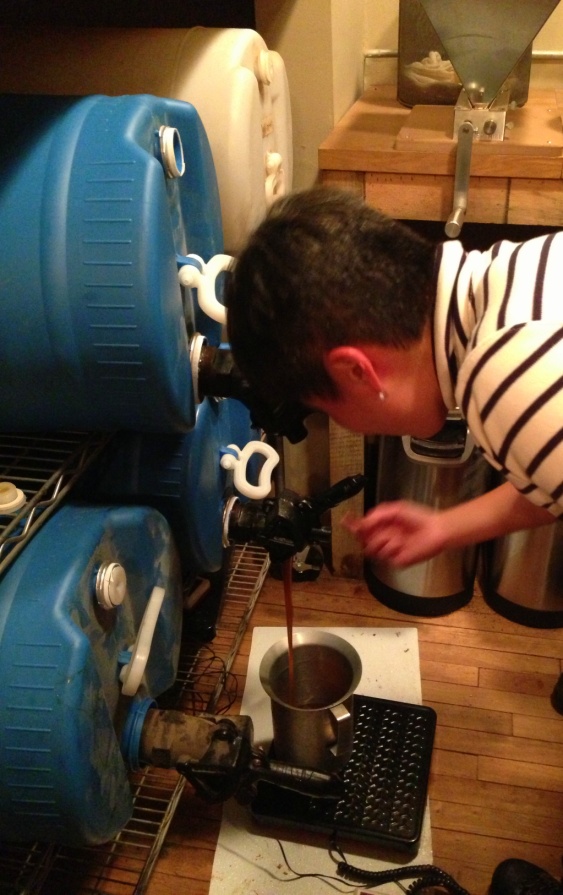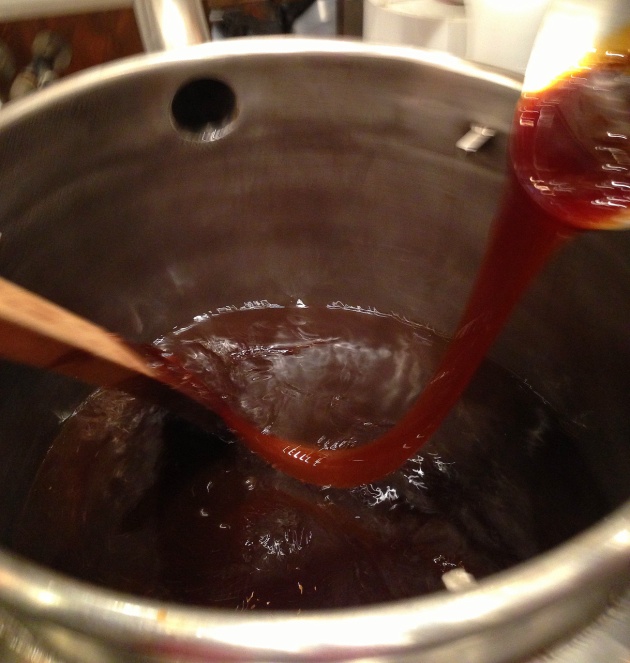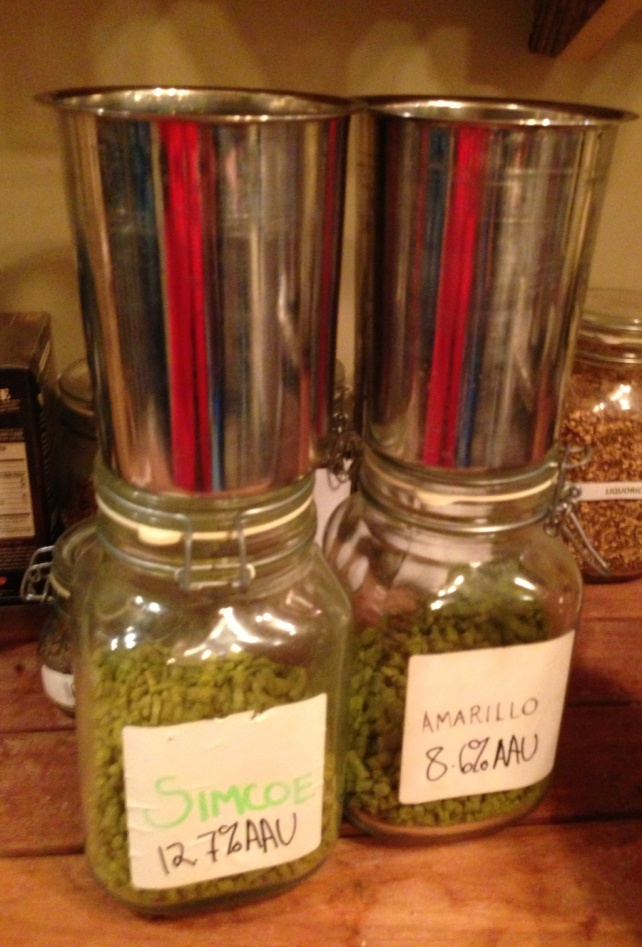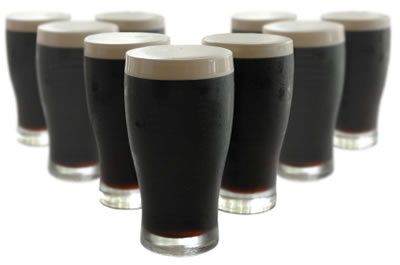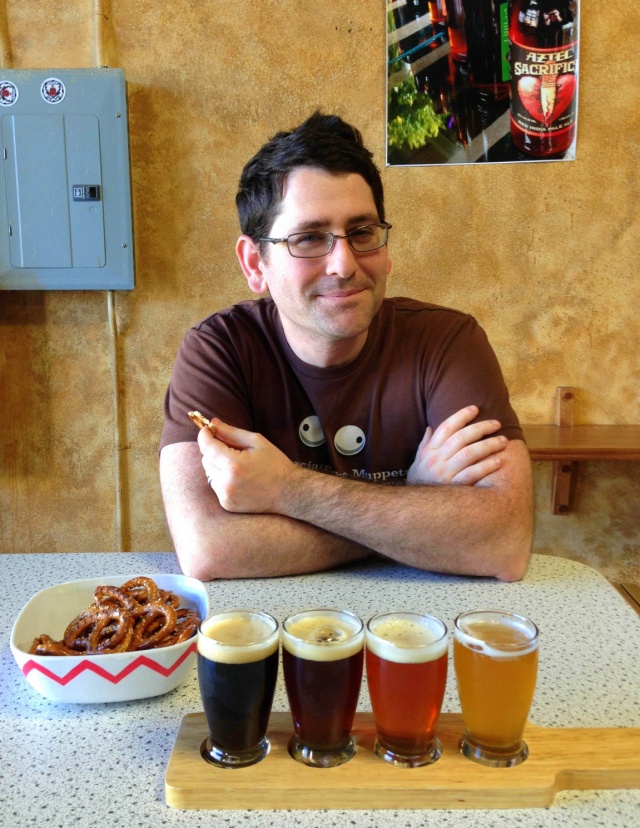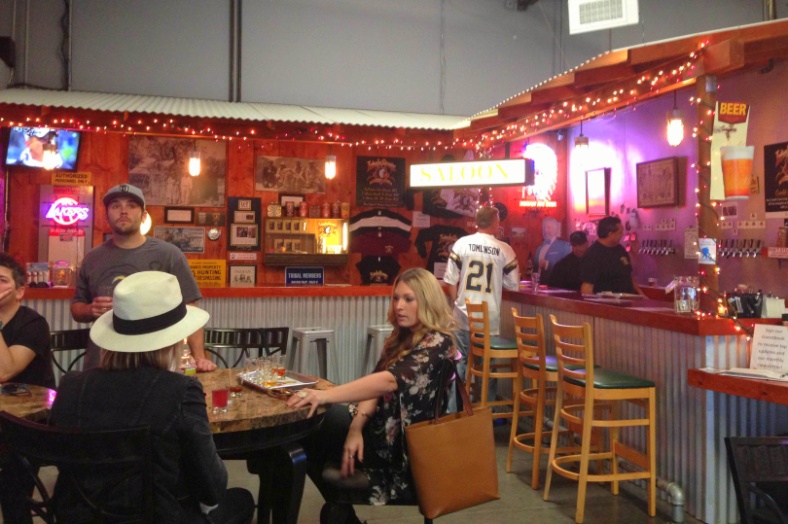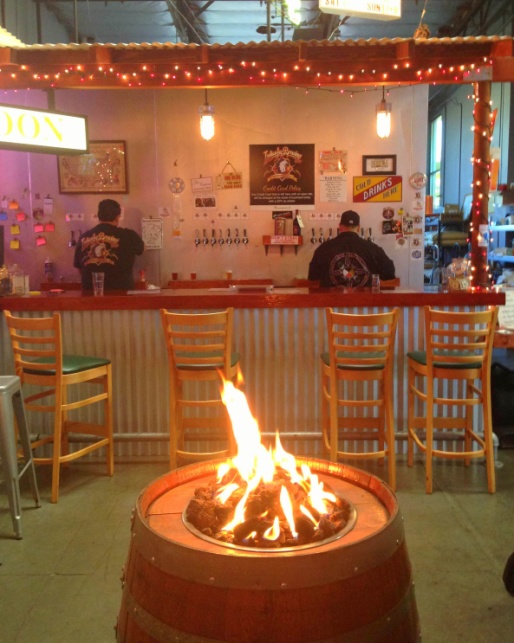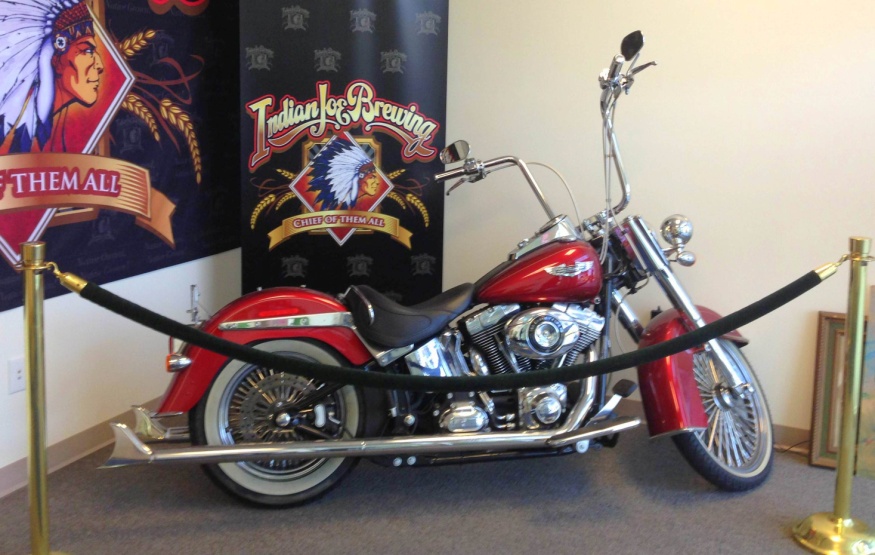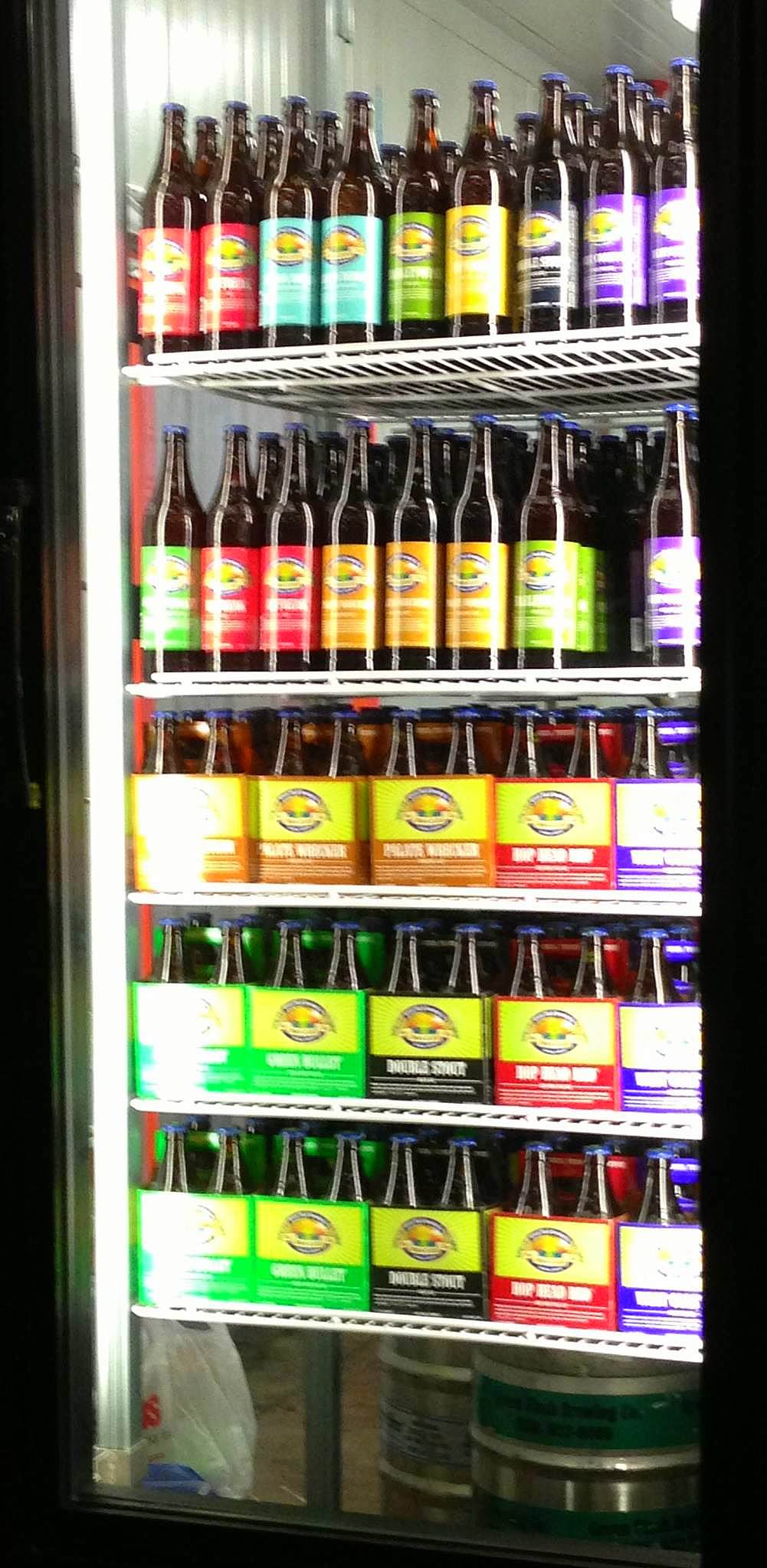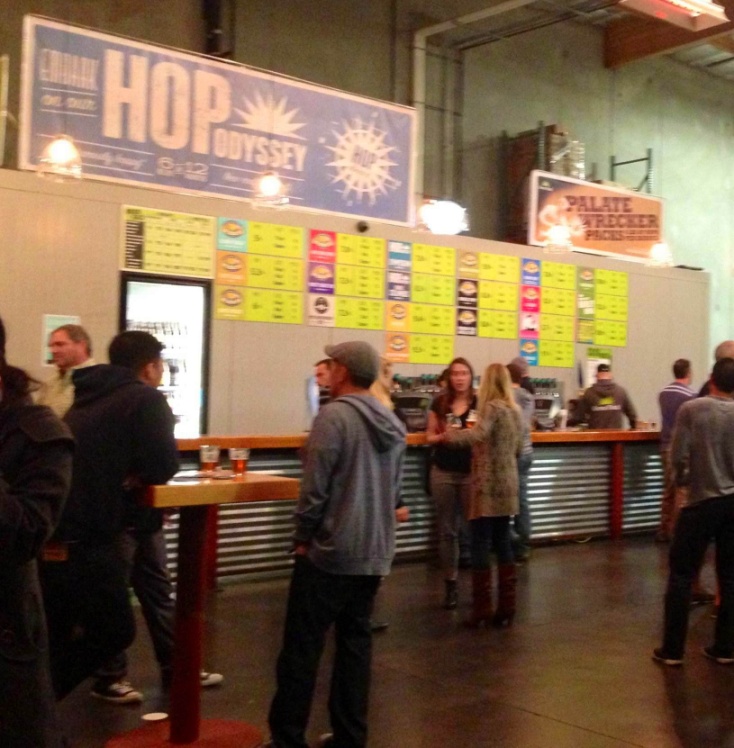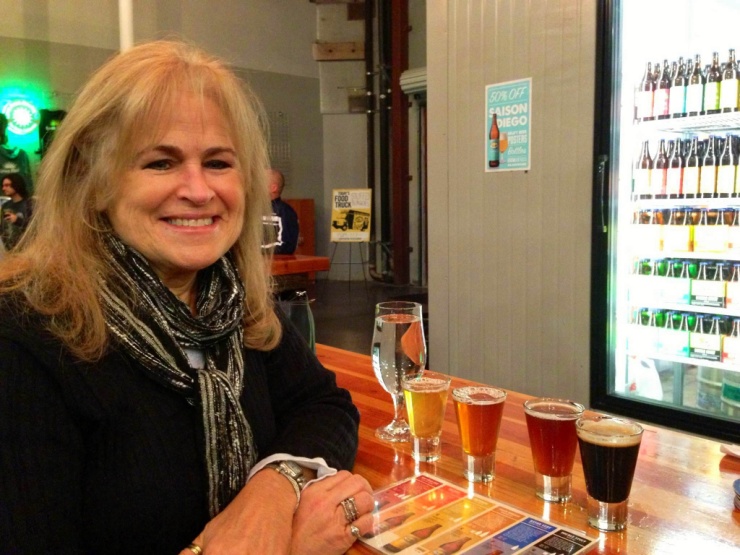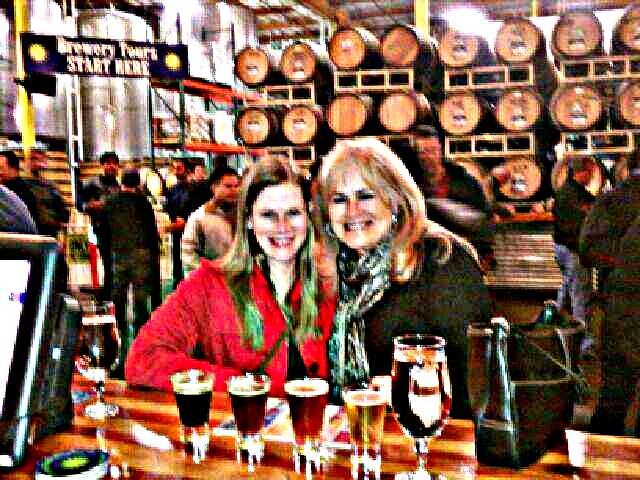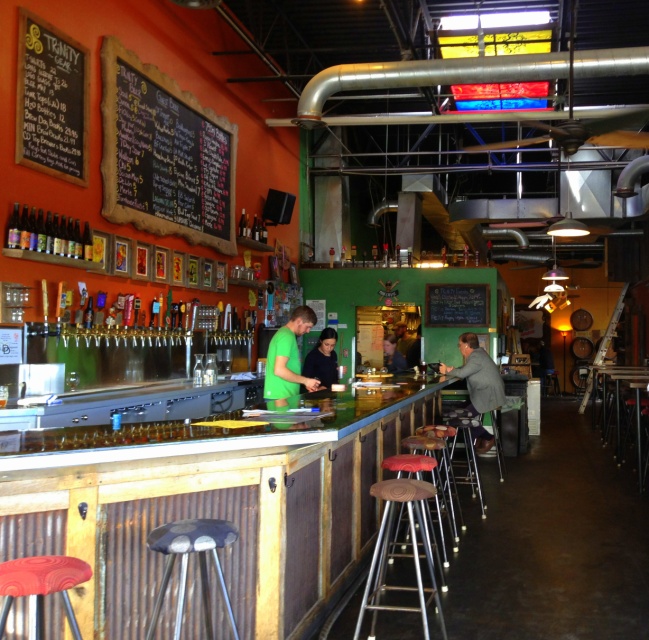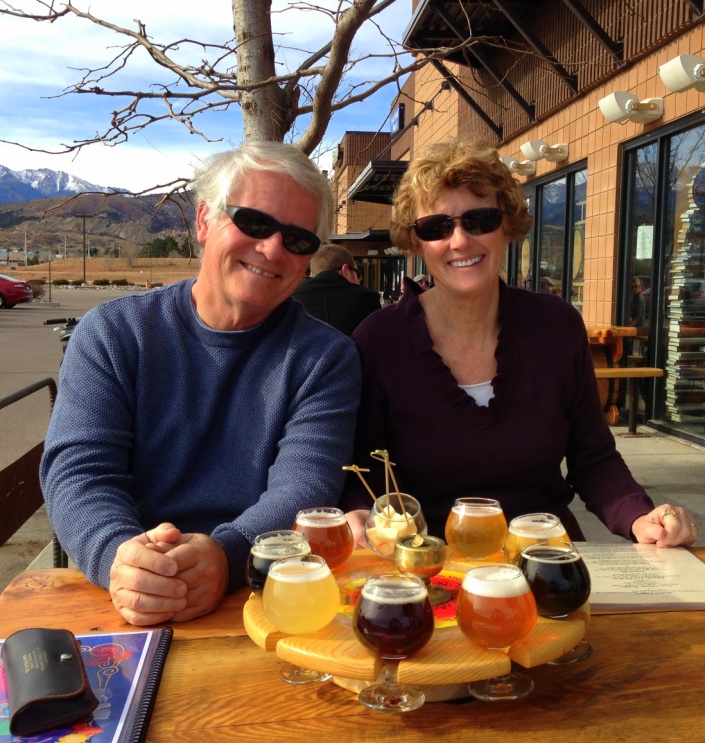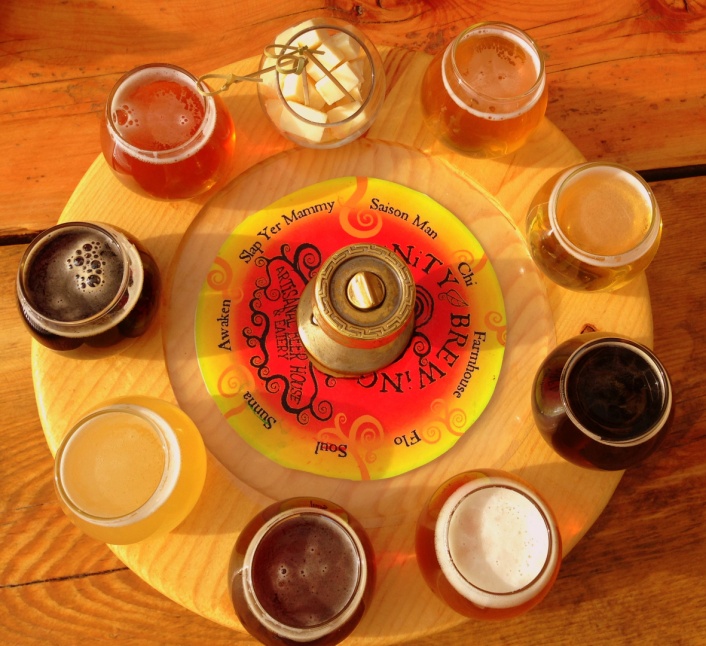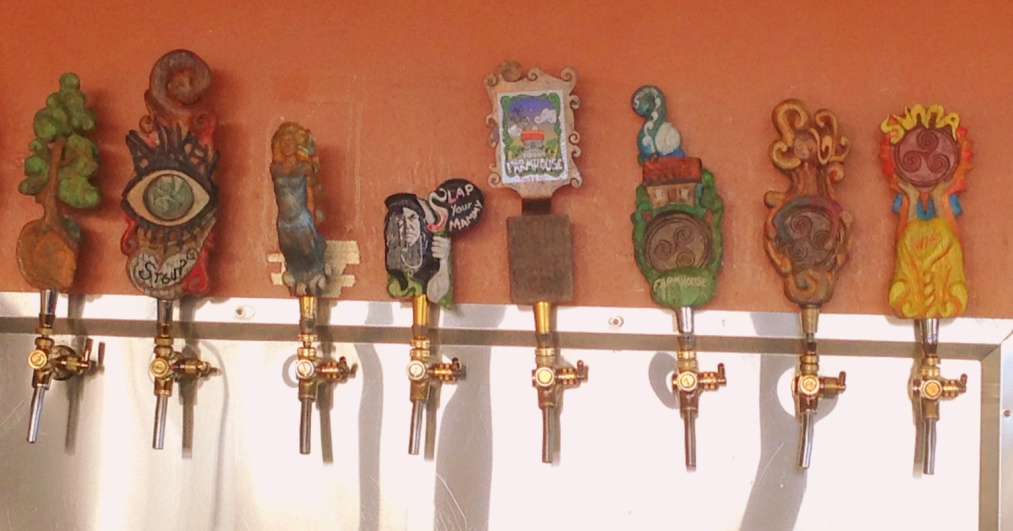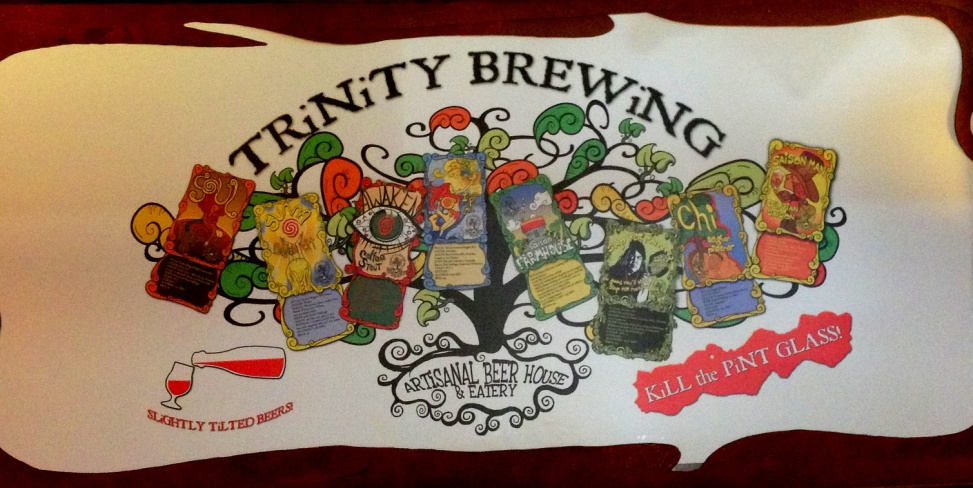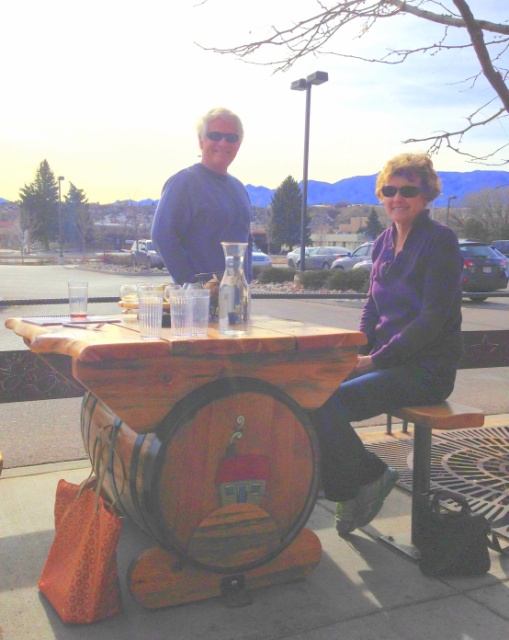By Amy Tindell
I can only imagine my travel partner Lauren’s first thoughts when she received my email, 6 weeks prior to our departure date, setting out an unofficial beer guide for our trip to Peru. She may have thought that Peru is not exactly a prime destination for craft beer enthusiasts, that there were so many more worthy pursuits in that cradle of Incan culture, or that perhaps Peruvian breweries were not located in the safest part of town. However, her reply was simple: “As long as it’s not full of 20-somethings getting pissed, I’m happy.”
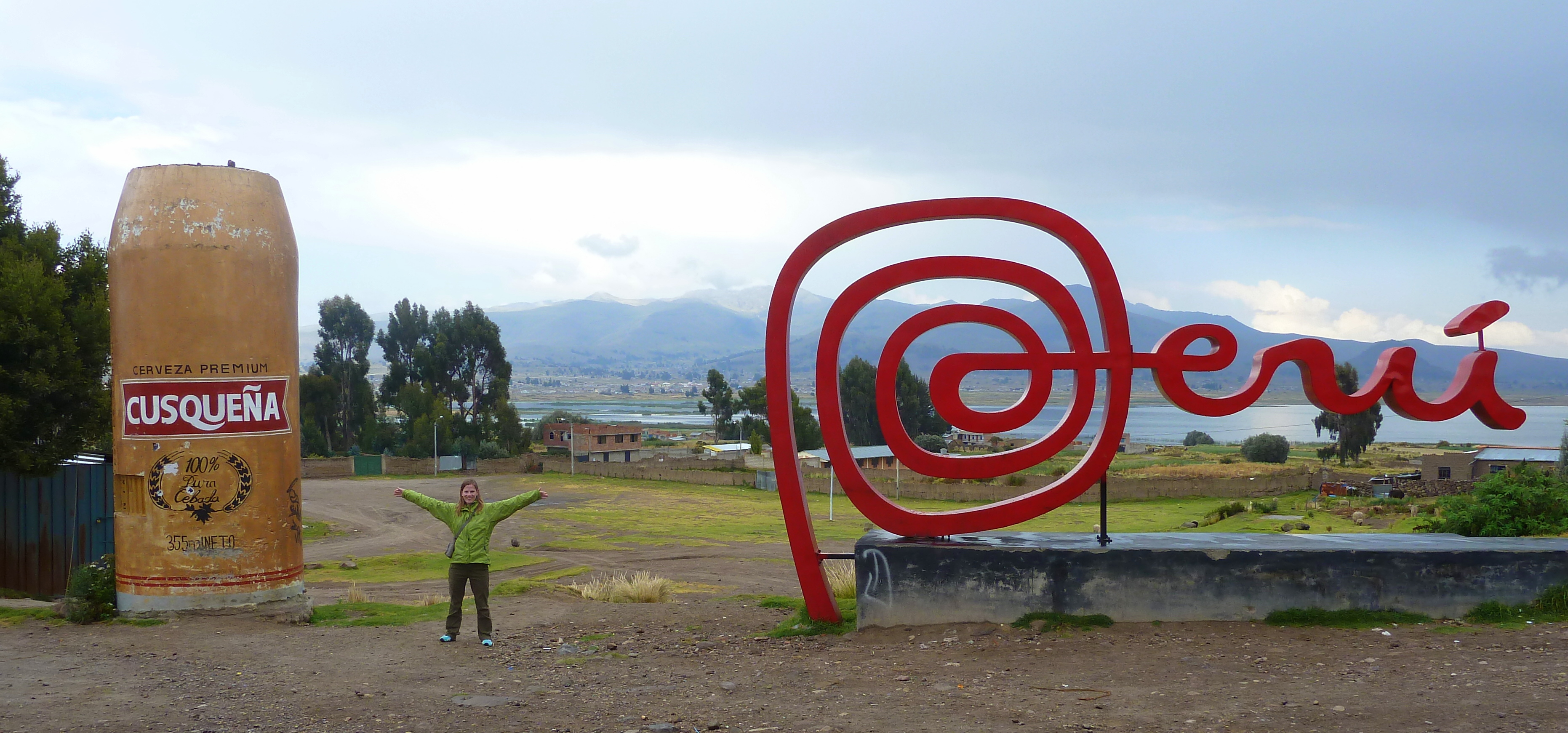
We discovered the priority that Peruvians place on beer as we crossed into their country from Bolivia. On the side of the road, dominating the very modern Peru logo sign that the Peru Exports and Tourism Promotion Commission paid dearly to develop, stands a concrete 3D Cusqueña beer can. The American adjunct lager from Cusco, with an Incan wall cut into its glass bottle, is indeed one of the country’s most popular beers, although Lauren and I found that we preferred the Cusqueña negra, a very smooth, slightly sweet, dark larger. Later, our tour guide Paul would laugh at our negra beer consumption, explaining, “That beer is for señoritas!” Given our North American association between dark beer and manliness, we had to laugh right back at him.
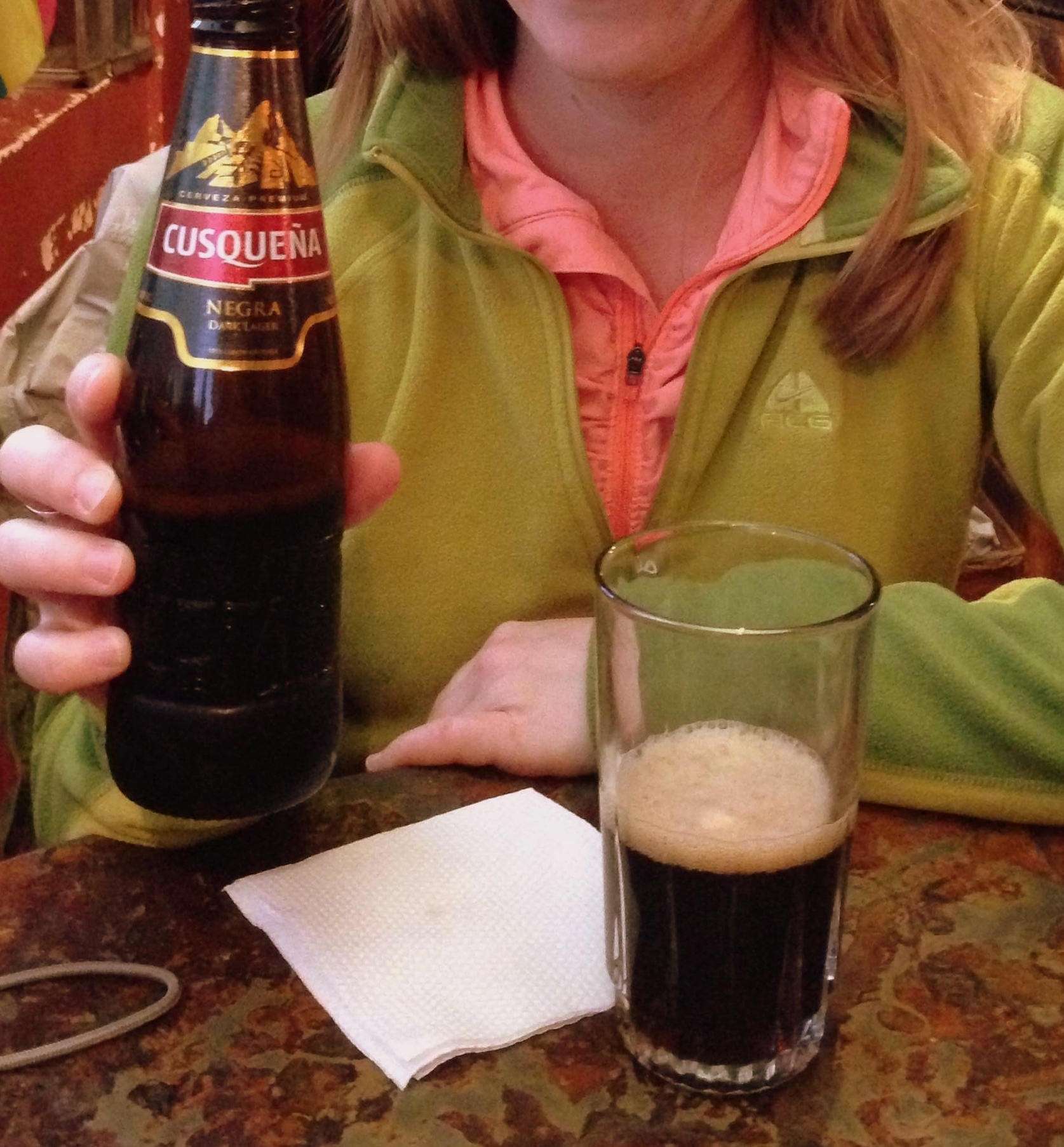
In Cusco, my A-student research paid off when we noticed some familiar names on the menu at Greens Organics. I was a bit under the weather, but Lauren stepped up to order a Sierra Andina Alpamayo Amber Ale. Located in Huaraz, Peru, the brewery fosters sustainability projects in its community, including supporting local organic farms with its spent grains and encouraging residents to ride bikes instead of driving cars. From my few tastes of Lauren’s beer, Sierra Andina’s amber was quite smooth, with strong flavors of malted barley balanced with a touch of hop spiciness. Playing it safe, I ordered a chicha morada, a low-to-non-alcoholic version of the famous Peruvian chicha, made with purple maize, pineapple, and spices. I had to agree when a smiling Paul later told me that chicha morada is “for señoritas!”


Our next find was at the local Vivanda supermarket in Miraflores, Lima. Although our original goal was to score a decent bottle of wine and dessert to take back to our B&B roofdeck, I got distracted by the beer aisle, where I recognized the Cerveceria Barbarian label. I snapped up the Chaski Porter and the Red Ale, at a cost of approximately $0.60 per bottle. Back on the roofdeck, I marveled at the Peruvian skill in crafting red ales. The Barbarian Red, the brewery’s first release, was another smooth, malty ale, brewed with caramelized malts and a four-hop blend that lent more to the beer’s aromatics than bitterness. Apparently not for señoritas, the Chaski Porter was named for the young male Incan runners who delivered messages and goods throughout the empire, with the thought that such a full, strong beverage would help maintain their incredible speeds. Barbarian’s porter tasted of roasted malts, coffee and chocolate, and its richness made it a perfect Miraflores rooftop dessert for this modern, much slower, señorita runner.
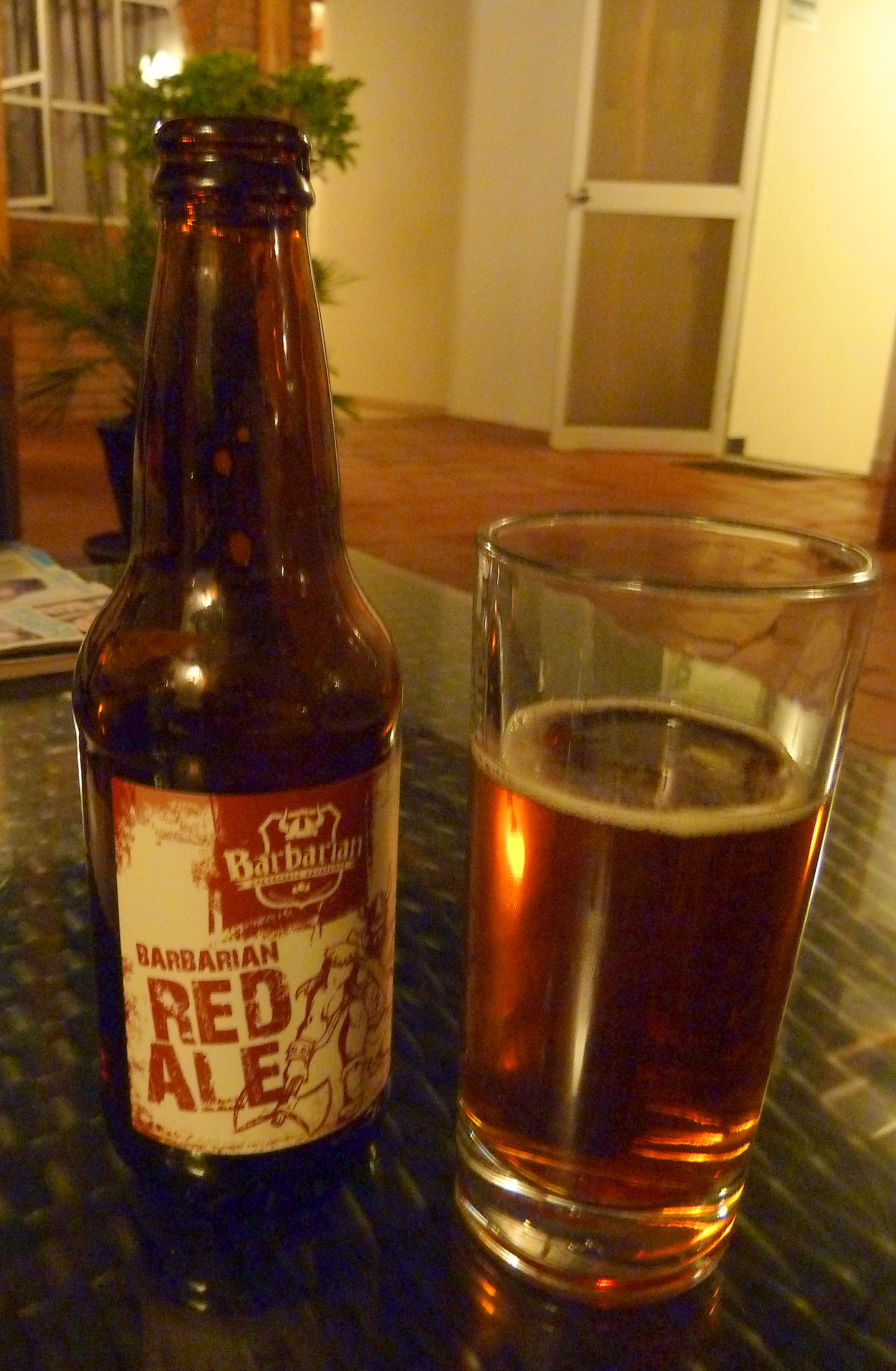
{}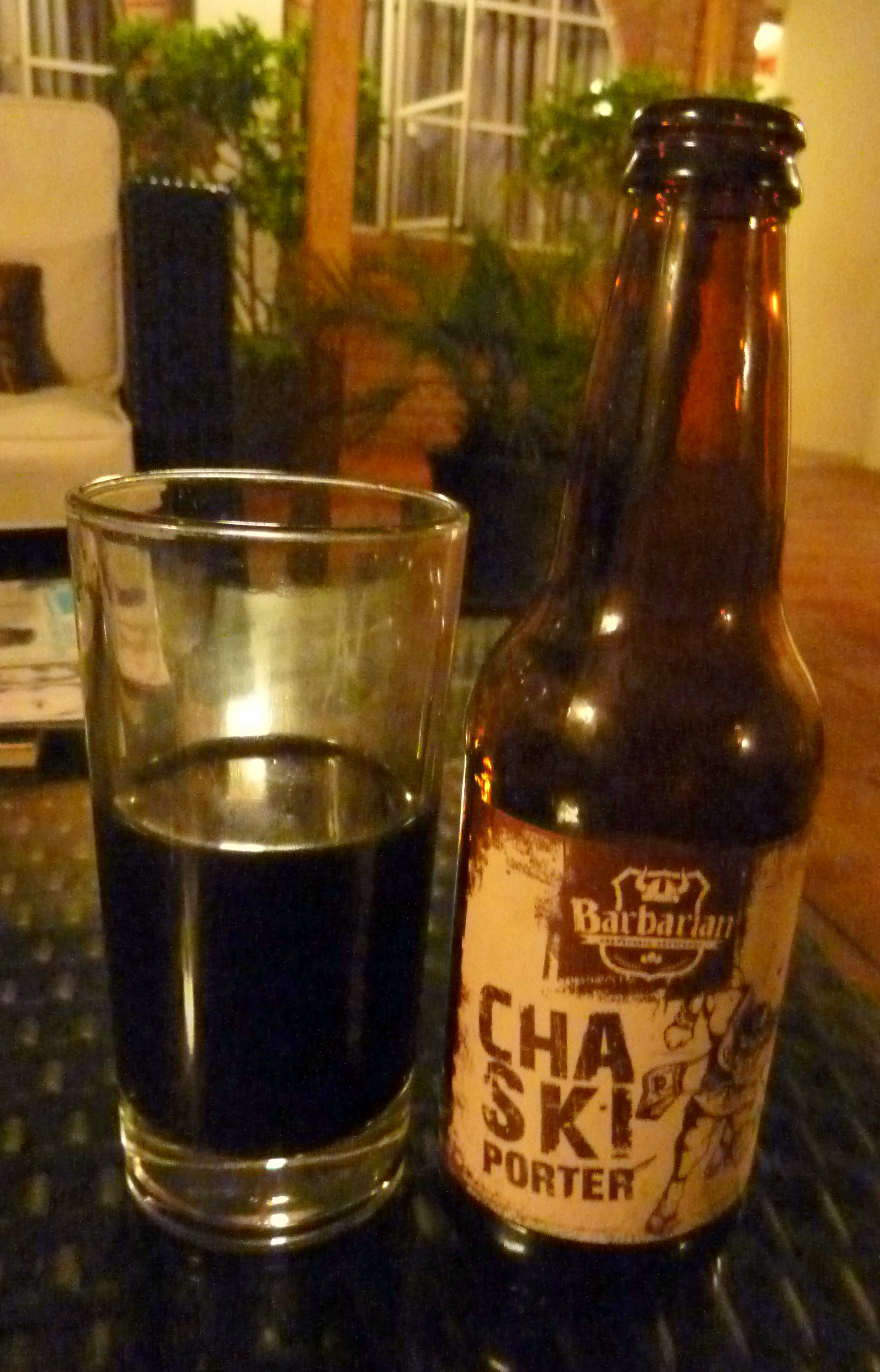
The next night, as we played Mission Impossible trying to locate a restaurant that served both ceviche (me) and edible vegetarian options (Lauren), Lauren excitedly pointed across the street at Barranco Brewing Company, a label I’d sought unsuccessfully at the grocery store. We decided that dinner could wait, took seats at the bar, and surveyed the brewhouse behind the glass windows in front of us. I ordered a 50/Fifti lager and Lauren ordered the Bulls Ay! Ale. Both were distinctly German in style and taste, and low on carbonation. The lager of course was a lighter beer, while the Bulls Ay! poured a tad darker and presented with a slightly fuller body. Behind us, a few more patrons filtered in to the restaurant space that was decorated much like a modern North American brew- and gastropub, but with a more industrial feel, as many of the furnishings were made from recycled beer-making machine parts.
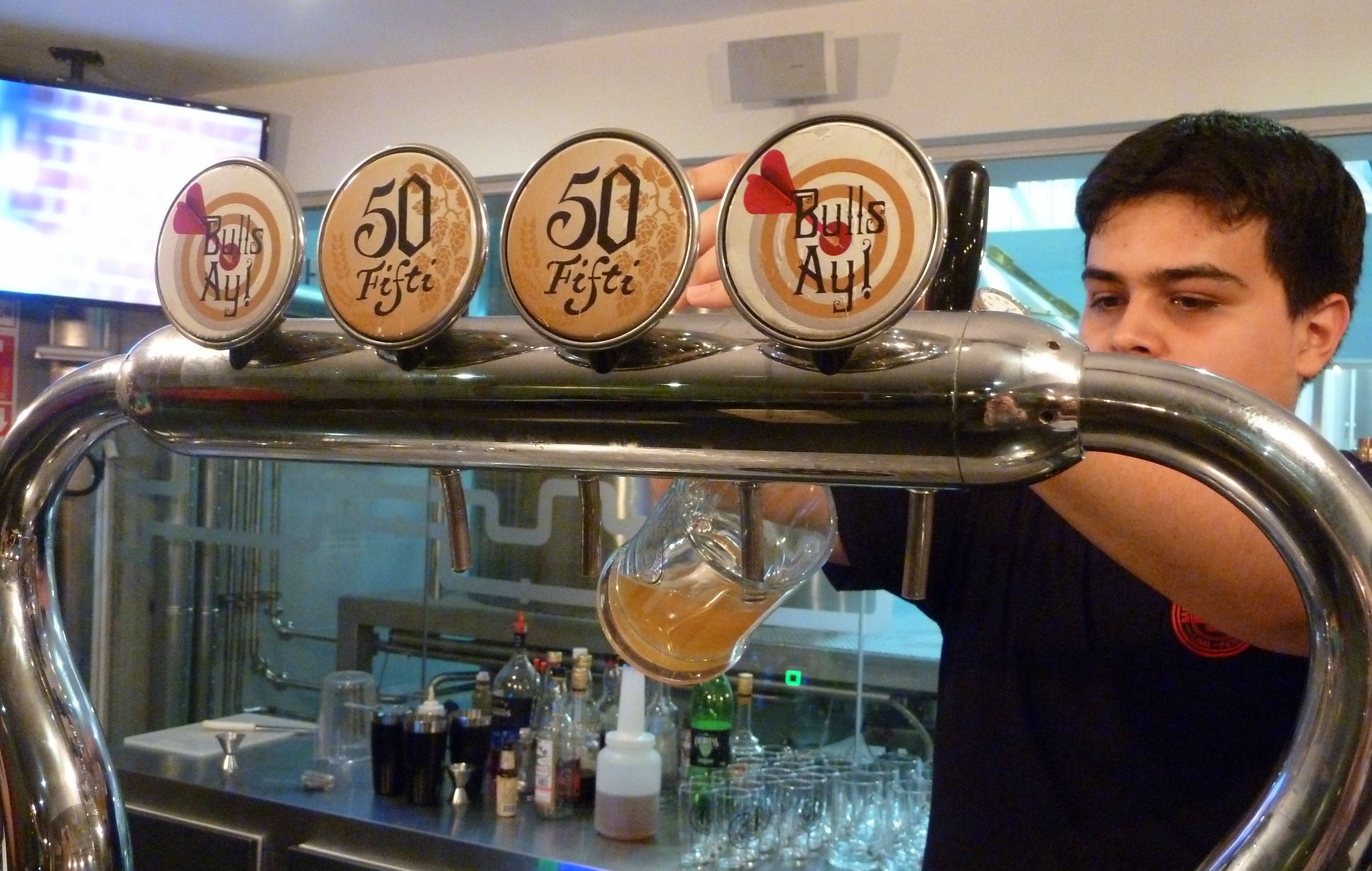
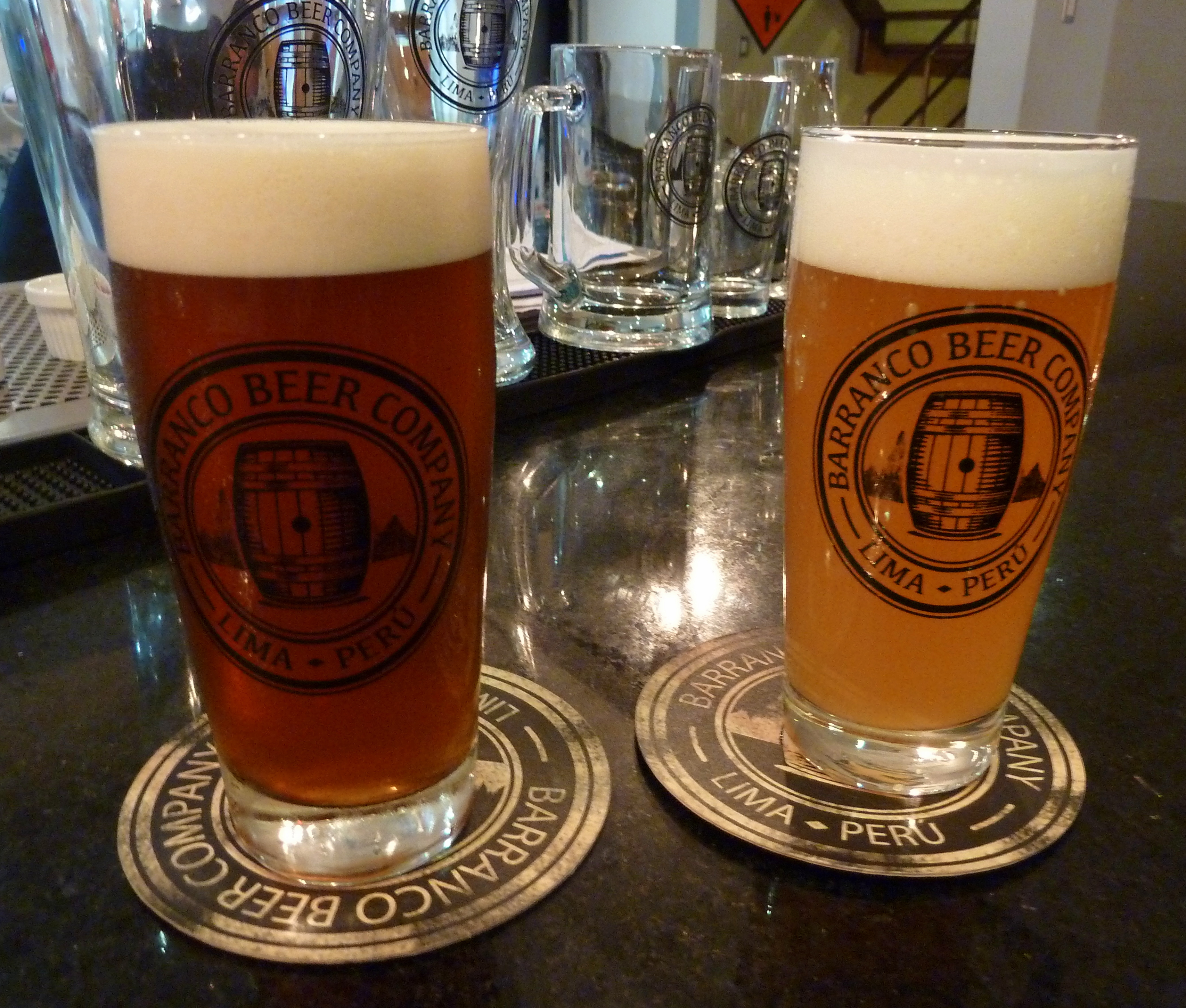
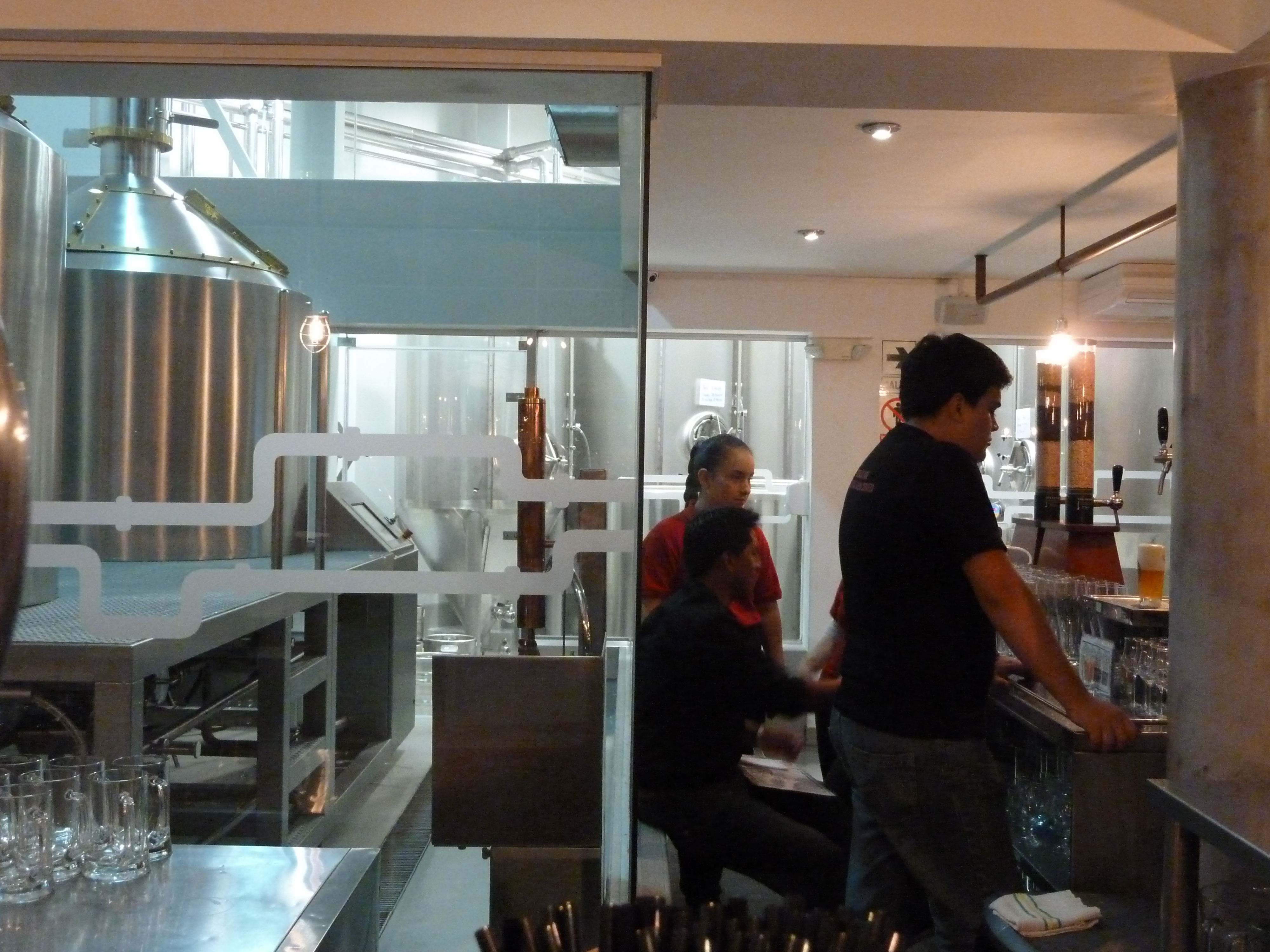
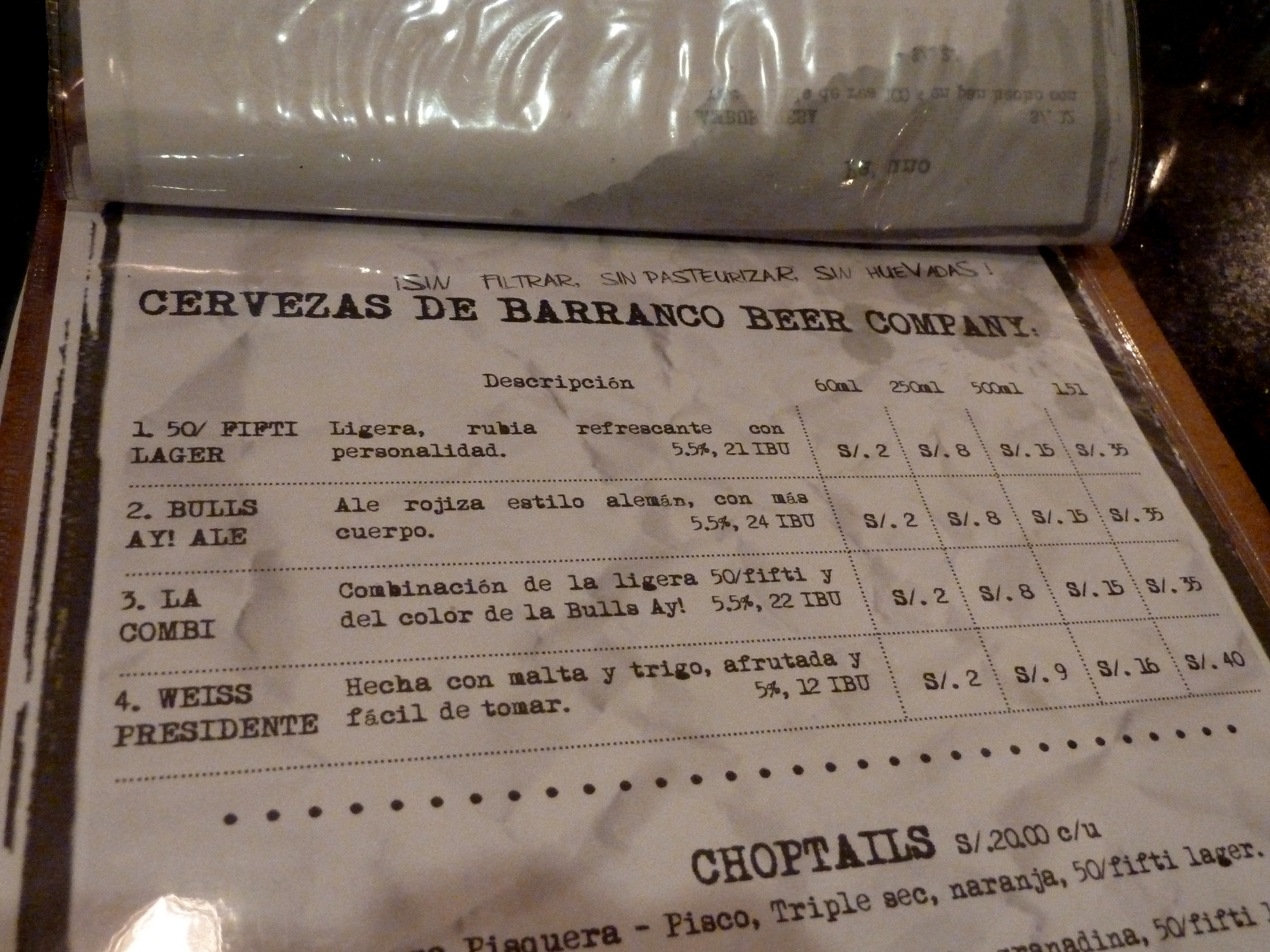
Satisfied with our sampling, we walked out into the Lima night. A whole new world of chicha cocktails awaited us, and apparently, those are not just “for señoritas.”
